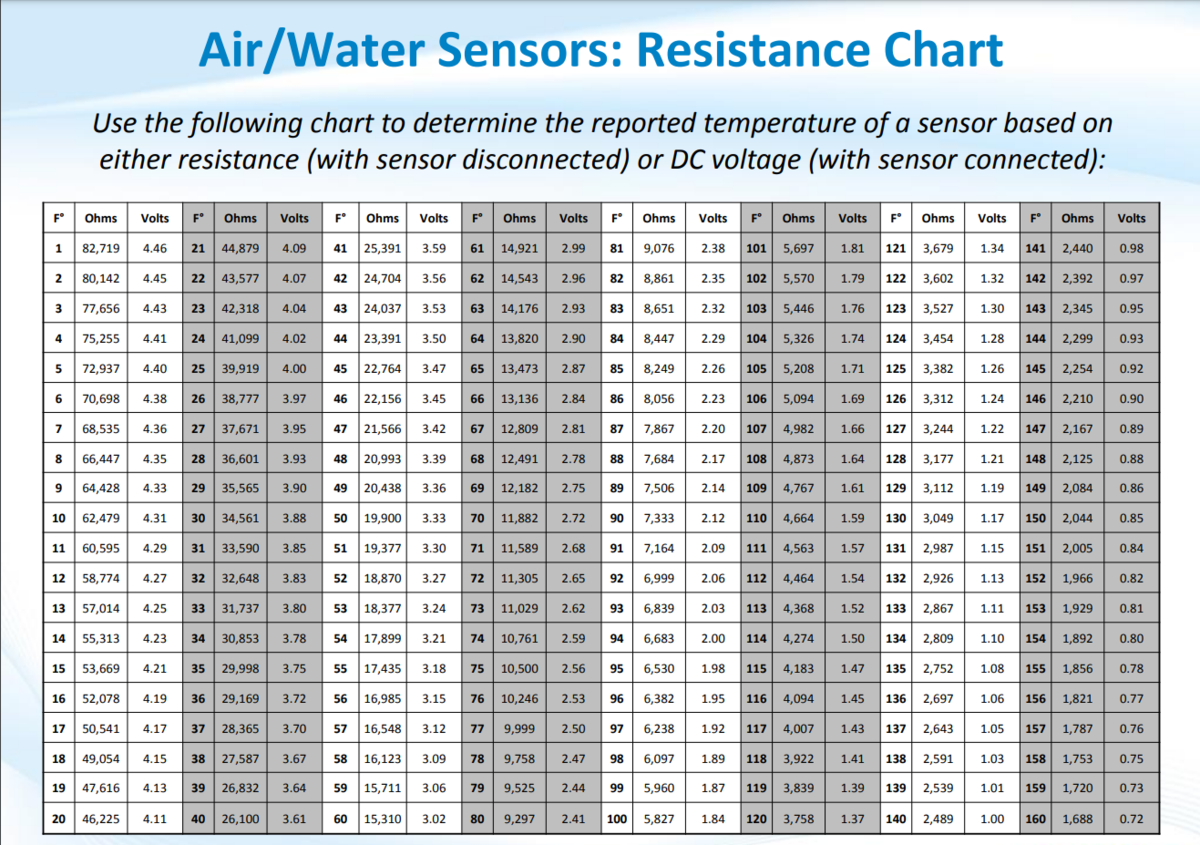I'm about to install the 4th main circuit board in my Omnilogic control that was installed in 2014, which is expensive and really annoying. I've decided that maybe power surges are at least partly to blame for why my circuit boards go bad after just 2 or 3 years. So I've been reading on TFP about surge protection devices. My home already has them at the main house panel, so all I want to do is add surge protection at my Omnilogic sub panel. The Omnilogic uses a Siemens sub panel.
The Boltshield (on Amazon, SIEMENS BOLTSHIELD Plug-in Surge Protection Device 2-Pole 65kA 120/240V, 1Ø, 3W) sounds good because I like the idea of installing it directly on the bus bar. Today I physically moved the 4 breakers I have so that there is room for 1 or 2 Boltshield SPDs right above the electrical feeds, which connect to the bottom of the bus bar.
Here's my question: The Boltshield just has one wire. I may be reading some things wrong (quite possible), but it seems like the wire on the Boltshield could be connected to either the neutral bar, or to the ground bar (not both). I know it is wrong (and dangerous) to connect neutral and ground in a sub panel (they should only be connected at the main house panel). But for the best surge protection, should I connect the Boltshield wire to the neutral bar or the ground bar? And, should I get 2 Boltshields and connect one to the neutral bar and the other to the ground bar?
It seems like I'd want to protect against Line - Line, Line - Neutral, and Line - Ground surges. Can one Boltshield protect against all 3? Do I really want to send surge amps back along the neutral through the house to the main panel 200' away? I'm not really even sure if the Boltshield's wire should be connected to the sub panel's ground bar - it just seems logical.
If it only makes sense to have one Boltshield, is it better to connect it to neutral or ground and why?
Including a picture of my control panel. It's a rat's nest but it works well when it works.
The Boltshield (on Amazon, SIEMENS BOLTSHIELD Plug-in Surge Protection Device 2-Pole 65kA 120/240V, 1Ø, 3W) sounds good because I like the idea of installing it directly on the bus bar. Today I physically moved the 4 breakers I have so that there is room for 1 or 2 Boltshield SPDs right above the electrical feeds, which connect to the bottom of the bus bar.
Here's my question: The Boltshield just has one wire. I may be reading some things wrong (quite possible), but it seems like the wire on the Boltshield could be connected to either the neutral bar, or to the ground bar (not both). I know it is wrong (and dangerous) to connect neutral and ground in a sub panel (they should only be connected at the main house panel). But for the best surge protection, should I connect the Boltshield wire to the neutral bar or the ground bar? And, should I get 2 Boltshields and connect one to the neutral bar and the other to the ground bar?
It seems like I'd want to protect against Line - Line, Line - Neutral, and Line - Ground surges. Can one Boltshield protect against all 3? Do I really want to send surge amps back along the neutral through the house to the main panel 200' away? I'm not really even sure if the Boltshield's wire should be connected to the sub panel's ground bar - it just seems logical.
If it only makes sense to have one Boltshield, is it better to connect it to neutral or ground and why?
Including a picture of my control panel. It's a rat's nest but it works well when it works.





